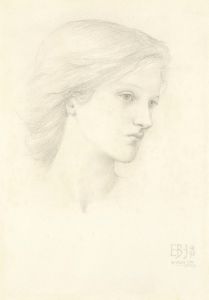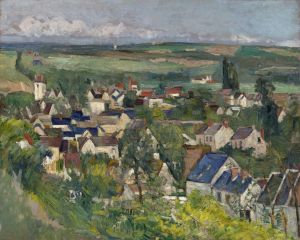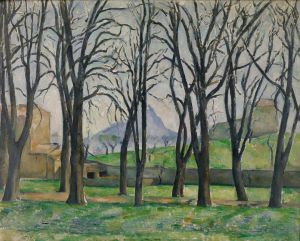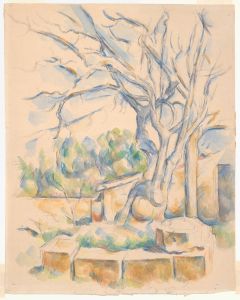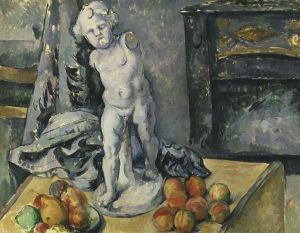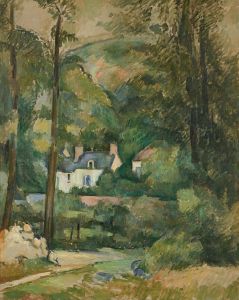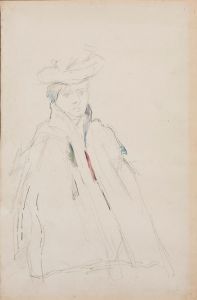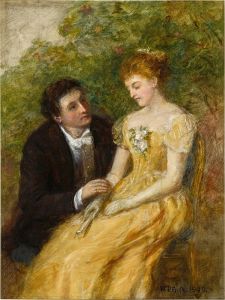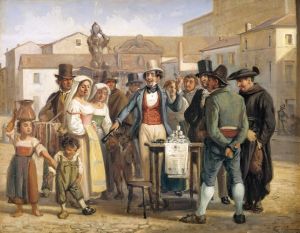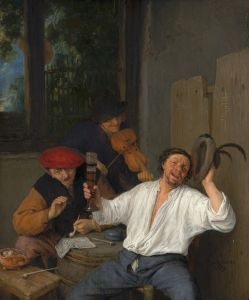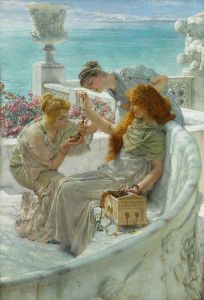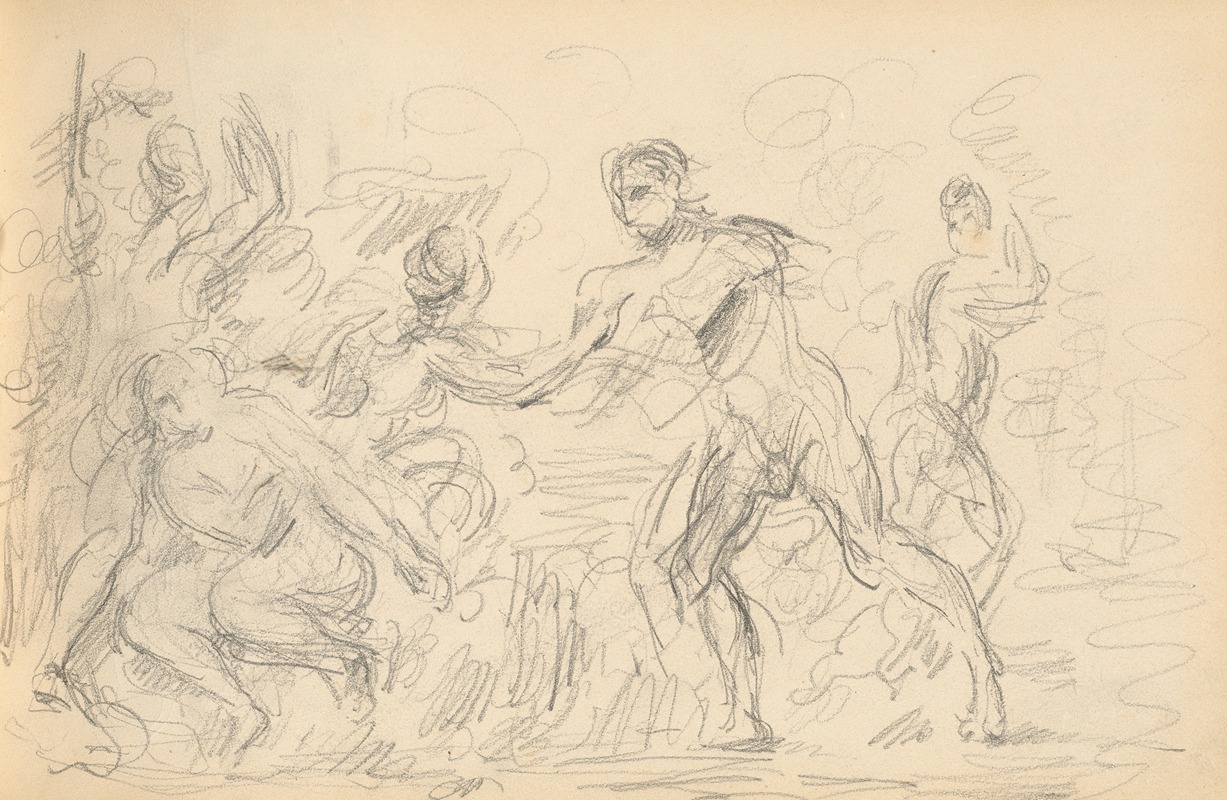
Study for ‘The Judgement of Paris’ or ‘The Amorous Shepherd’
A hand-painted replica of Paul Cézanne’s masterpiece Study for ‘The Judgement of Paris’ or ‘The Amorous Shepherd’, meticulously crafted by professional artists to capture the true essence of the original. Each piece is created with museum-quality canvas and rare mineral pigments, carefully painted by experienced artists with delicate brushstrokes and rich, layered colors to perfectly recreate the texture of the original artwork. Unlike machine-printed reproductions, this hand-painted version brings the painting to life, infused with the artist’s emotions and skill in every stroke. Whether for personal collection or home decoration, it instantly elevates the artistic atmosphere of any space.
Paul Cézanne, a pivotal figure in the transition from 19th-century Impressionism to 20th-century Cubism, created the artwork known as "Study for ‘The Judgement of Paris’ or ‘The Amorous Shepherd’" during his prolific career. Cézanne, born on January 19, 1839, in Aix-en-Provence, France, is renowned for his innovative approach to form, color, and composition, which significantly influenced the development of modern art.
"Study for ‘The Judgement of Paris’ or ‘The Amorous Shepherd’" is a work that reflects Cézanne's deep engagement with classical themes and his continuous exploration of human figures and landscapes. The title suggests that the piece may be related to two different mythological or pastoral subjects, though the exact narrative intent remains ambiguous. The Judgement of Paris is a well-known mythological story from Greek mythology, where Paris, a Trojan prince, is asked to judge who among the goddesses Hera, Athena, and Aphrodite is the fairest. On the other hand, "The Amorous Shepherd" could refer to a pastoral scene, often depicted in art and literature, involving shepherds and shepherdesses in idyllic rural settings.
Cézanne's study likely served as a preparatory work, a common practice among artists to experiment with composition, figure placement, and other elements before committing to a final piece. His studies often reveal his meticulous process of building up forms through careful observation and repeated adjustments. This particular study would have allowed Cézanne to explore the dynamics of the figures and the overall composition, providing insight into his artistic process.
The artwork is characterized by Cézanne's distinctive brushwork and use of color. He employed short, hatched brushstrokes to build up the surface of the painting, creating a sense of depth and volume. This technique, combined with his use of color to model form, was revolutionary and laid the groundwork for future developments in modern art. Cézanne's palette often included a range of earthy tones, greens, blues, and ochres, which he used to create harmonious yet dynamic compositions.
Cézanne's influence on subsequent generations of artists cannot be overstated. His approach to painting, which emphasized the underlying structure of natural forms and the use of color to define spatial relationships, inspired artists such as Pablo Picasso and Georges Braque in the development of Cubism. Additionally, his work had a profound impact on the Fauves, including Henri Matisse, who admired Cézanne's bold use of color and expressive brushwork.
While "Study for ‘The Judgement of Paris’ or ‘The Amorous Shepherd’" may not be as widely recognized as some of Cézanne's other masterpieces, it remains an important piece within his oeuvre. It exemplifies his dedication to exploring classical themes through a modern lens and his relentless pursuit of capturing the essence of his subjects. This study, like many of Cézanne's works, bridges the gap between traditional representation and the abstraction that would come to define much of 20th-century art.
In conclusion, Paul Cézanne's "Study for ‘The Judgement of Paris’ or ‘The Amorous Shepherd’" is a testament to his innovative spirit and his significant contributions to the evolution of modern art. Through his unique approach to form, color, and composition, Cézanne paved the way for future artistic movements and left an indelible mark on the history of art.





